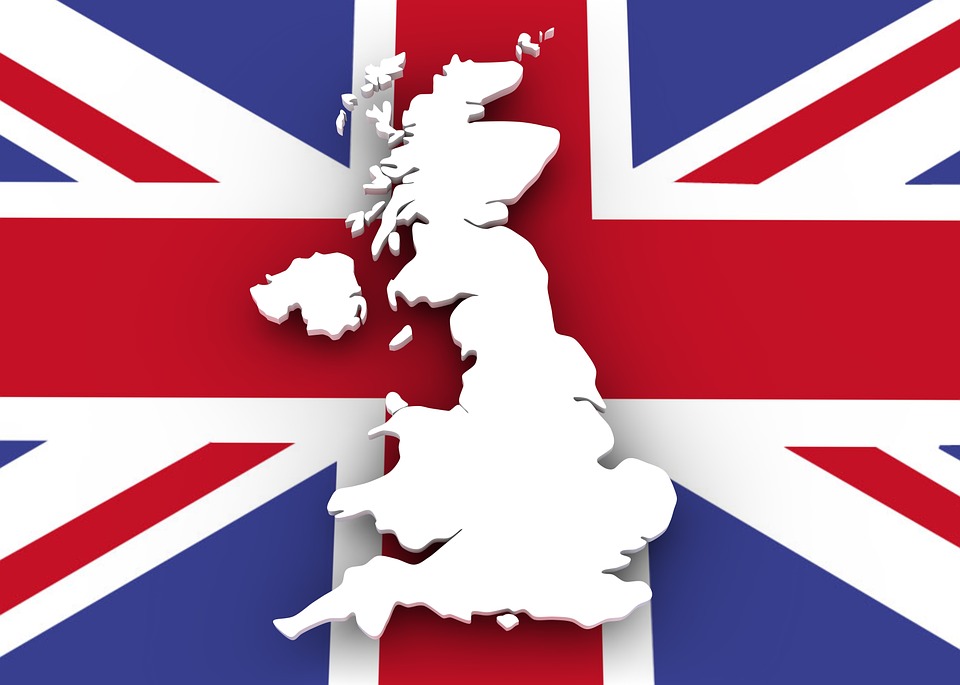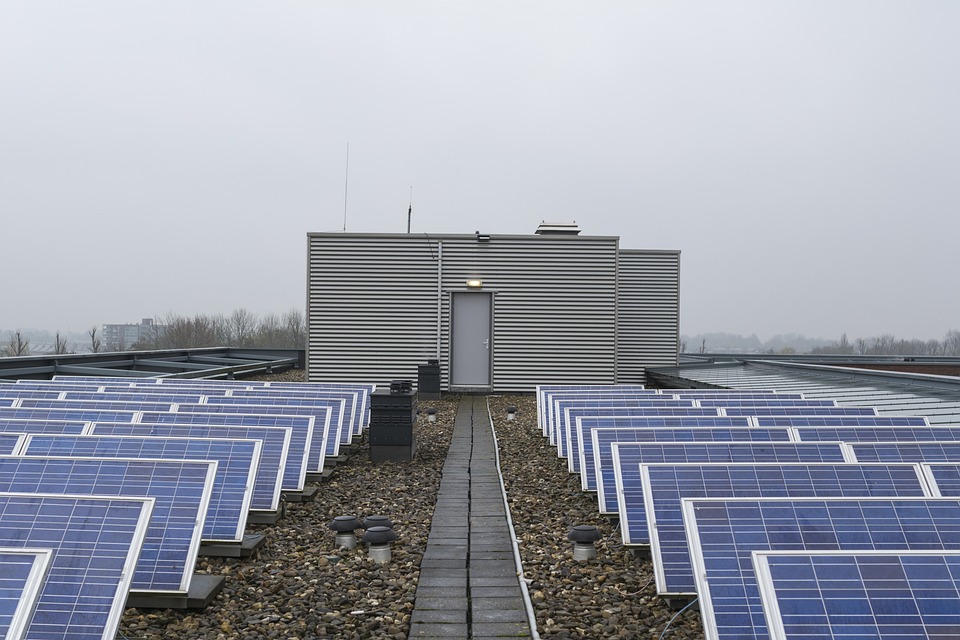
US Treasury bonds are among the most important investment vehicles in the world. As the benchmark for global interest rates, they serve as a bellwether for the broader economy and provide a means for investors to earn a fixed income. The relationship between US Treasury bond prices and interest rates is a crucial one for investors to understand, as it can have a significant impact on the value of their investments.
To begin with, it is important to define what is meant by US Treasury bonds. These are debt securities issued by the US government to finance its operations. The bonds come in a variety of maturities, from short-term bills to longer-term notes and bonds, and are sold at auction to institutional and retail investors. The bonds are backed by the full faith and credit of the US government, making them among the safest investments available.
Interest rates, on the other hand, represent the cost of borrowing money. They are determined by the supply and demand for credit in the economy, and are influenced by a range of factors, including inflation expectations, central bank policy, and economic growth prospects. Interest rates are typically expressed as a percentage of the amount borrowed, and are paid by borrowers to lenders as compensation for the use of their funds.
The relationship between US Treasury bond prices and interest rates is an inverse one. That is, as interest rates rise, the price of existing bonds falls, and vice versa. This relationship is driven by the fact that bond prices are determined by the present value of their future cash flows. As interest rates rise, the discount rate used to calculate the present value of those cash flows also rises, reducing the value of the bond.
To understand this relationship in more detail, it is helpful to look at an example. Let us say that an investor buys a 10-year US Treasury bond with a face value of $1,000 and a coupon rate of 3%. This means that the bond will pay the investor $30 per year in interest, or 3% of the face value, until it matures in 10 years. At maturity, the investor will receive the full face value of $1,000.
Now, let us assume that interest rates in the economy rise from 3% to 4% shortly after the investor purchases the bond. This means that new bonds being issued by the government will have a coupon rate of 4%, reflecting the higher cost of borrowing. As a result, the existing bond with a 3% coupon rate becomes less attractive to investors, as they can earn a higher return by buying new bonds. To compensate for this, the price of the existing bond must fall.
To see why this is the case, consider the present value of the bond’s future cash flows. At an interest rate of 3%, the present value of the bond’s cash flows is calculated as follows:
PV = ($30 / 1.03) + ($30 / 1.03^2) + … + ($30 / 1.03^10) + ($1,000 / 1.03^10)
= $253.68 + $232.56 + … + $402.71 + $385.54
= $1,000
This means that at an interest rate of 3%, the bond is priced at its face value of $1,000, as the present value of its cash flows equals that amount. However, at an interest rate of 4%, the present value of the bond’s cash flows is calculated as follows:
PV = ($30 / 1.04) + ($30 / 1.04^2) + … + ($30 / 1.04^10) + ($1,000 / 1.04^10)
= $244.26 + $220.05 + $310.28 + $671.02
= $911.13
As we can see, the present value of the bond’s cash flows is now only $911.13, which is less than its face value of $1,000. This means that the bond is now worth less than its face value, and its price must fall accordingly.
The inverse relationship between bond prices and interest rates is not linear, however. Rather, it is convex, meaning that the price of a bond falls more as interest rates rise, and rises less as interest rates fall. This is due to the fact that as interest rates rise, the increase in the discount rate has a compounding effect on the present value of the bond’s future cash flows. Conversely, as interest rates fall, the decrease in the discount rate has a diminishing effect on the present value of the bond’s future cash flows.
This convexity effect is particularly pronounced for long-term bonds, as they have more future cash flows to discount. As a result, long-term bonds are more sensitive to changes in interest rates than short-term bonds. This is reflected in the yield curve, which plots the yields of bonds with different maturities. Typically, the yield curve is upward-sloping, meaning that yields rise as maturities lengthen. This reflects the market’s expectation that long-term bonds will be more sensitive to changes in interest rates than short-term bonds.
The relationship between US Treasury bond prices and interest rates has important implications for investors. When interest rates are low, as they have been in recent years, bond prices are generally high, as investors flock to the safety and stability of fixed-income investments. However, when interest rates rise, bond prices are likely to fall, which can result in significant losses for investors who hold long-term bonds. As a result, it is important for investors to carefully consider the impact of interest rate changes on their bond investments, and to diversify their portfolios to mitigate risk.
In conclusion, the relationship between US Treasury bond prices and interest rates is an inverse one, driven by the present value of future cash flows. As interest rates rise, the discount rate used to calculate the present value of those cash flows also rises, reducing the value of existing bonds. This relationship is particularly pronounced for long-term bonds, which are more sensitive to changes in interest rates than short-term bonds. As a result, investors should carefully consider the impact of interest rate changes on their bond investments, and seek to diversify their portfolios to mitigate risk.







